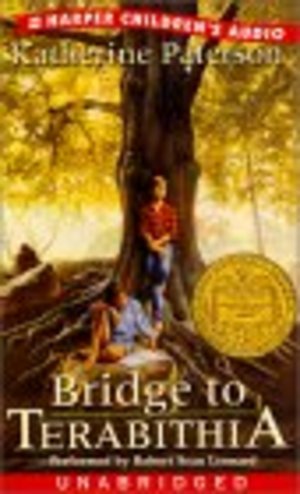Creating and performing a skit is a difficult endeavor. It is also exciting and enjoyable for students that are active and creative.
Although skits are dramatic performances, they are not simply re-enactments of an English text or an event in history. A good sketch takes some initial idea and transforms it into a memorable, funny, and informative performance. This in turn promotes the entrechment of the information into episodic memory.
This requires teamwork on the part of the performers. It also encourages the students to think about the content in a more complex way. Converting inert facts into a dynamic performance is a great example of synthesis at work.
Guidelines for Using Skits in Class
If you tell students to create a skit about a given topic, they’ve got a lot of latitude to do as they please. It helps to give the students clear instructions and guidelines as to what you expect.
First, identify the information that students should incorporate into the skit. This required information shouldn’t be a lot. It might be a handful of vocabulary words or a few people in history. By defining a small core of required information, you give the students direction without hamstringing their creativity.
Determine the audience. A short skit that will be performed in front of the class is more manageable than a sketch that will be performed at the school talent show. The larger and more unfamiliar the audience, the more time students will need to prepare.
Determine whether or not you need props. A short, one day activity probably won’t involve any props. If you give students four weeks to come up with a skit, you should let them know if they are supposed to use costumes, scenery, props, etc.
Provide appropriate time in class for preparation. Students should have some time in class to work together. However, don’t give them too much time. You can’t sit down and force creative ideas to come out – it takes time.
It’s best to give some time at the beginning to brainstorm and some time at the end to finalize the script. The bulk of the creative process can take place naturally – outside the classroom. For long term projects, provide a small amount of time near the halfway point to compare ideas.
Be careful constructing the groups. If you let students pick their own groups, you may have some shy, uncreative students that are left alone. If you force students to work together, be sensitive to student concerns. A good skit requires teamwork – two students that don’t get along aren’t going to produce something interesting.
Example Topics
Here’s an example of what a Social Studies class might do with this type of assignment. The students are tasked with creating a sketch about warfare in Europe in the 19th and 20th century.
The students decide to create a “Sportscenter” spoof – “Warcenter.” The students give a short broadcast in which they review the outcome of the Napoleonic Wars, interview some major personalities (i.e. Napoleon), and make predictions about what will happen in World War I.
Depending on the amount of time given to prepare, this could be a short 2 minute sketch or it could be a long 15 minutes performance.
Vocabulary presents a great opportunity to use short skits in a Language Arts class. After the students have received their lists of vocabulary words, break the students into small groups. Each group is assigned four to five words to incorporate into a short sketch.
This is a brief, one day assignment. The students should have about 20 minutes to come up with an idea and about 20 minutes for all of the groups to present them. The emotions related to the performance will help both the actors and the audience members remember the vocabulary terms better than simple studying.
Sketches can be used to demonstrate mathematical rules and scientific theories as well. The only limiting factor is the creativity of your students. Give them a little structure and then let them roam free – they’ll think of something interesting to do.



